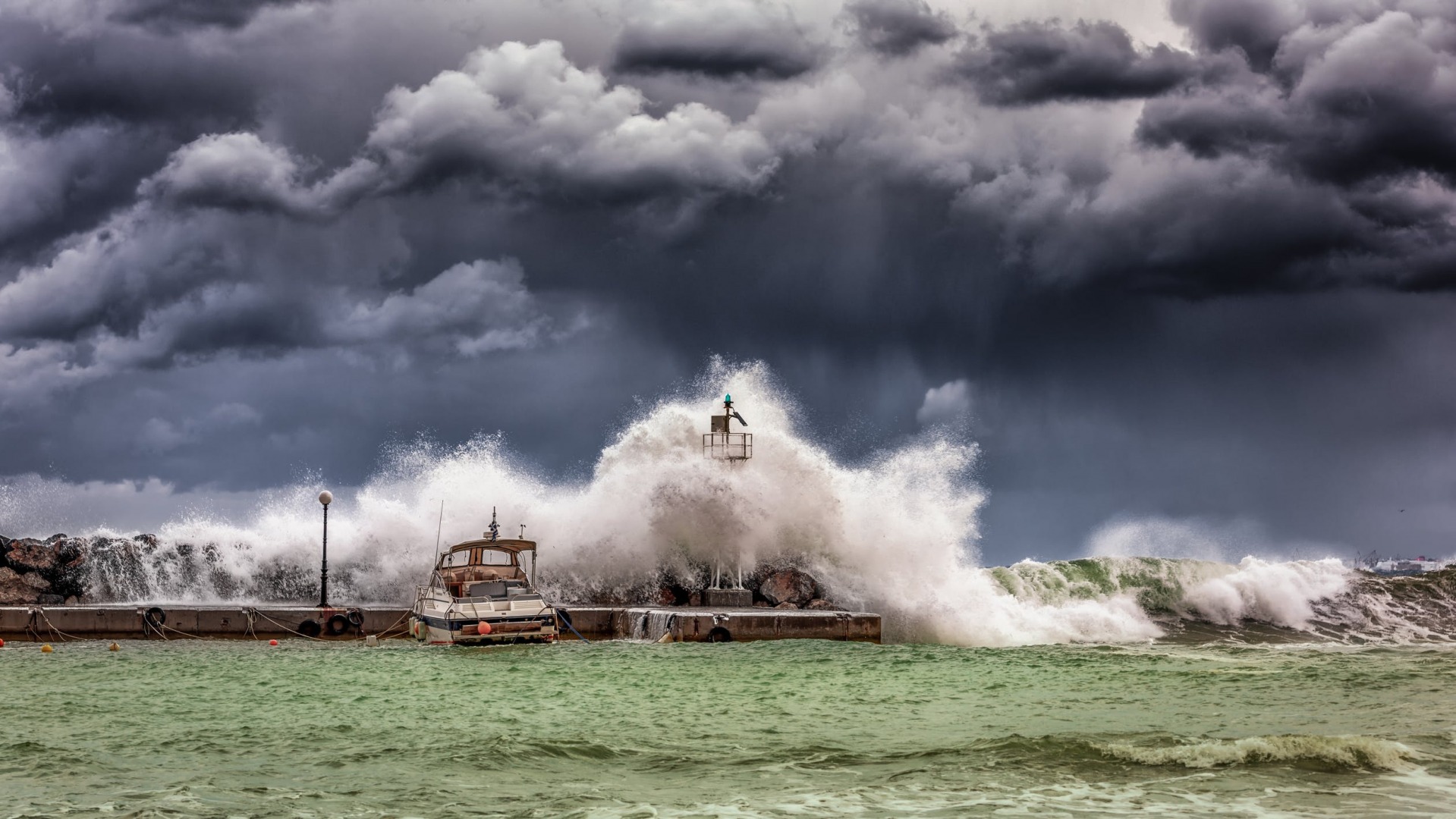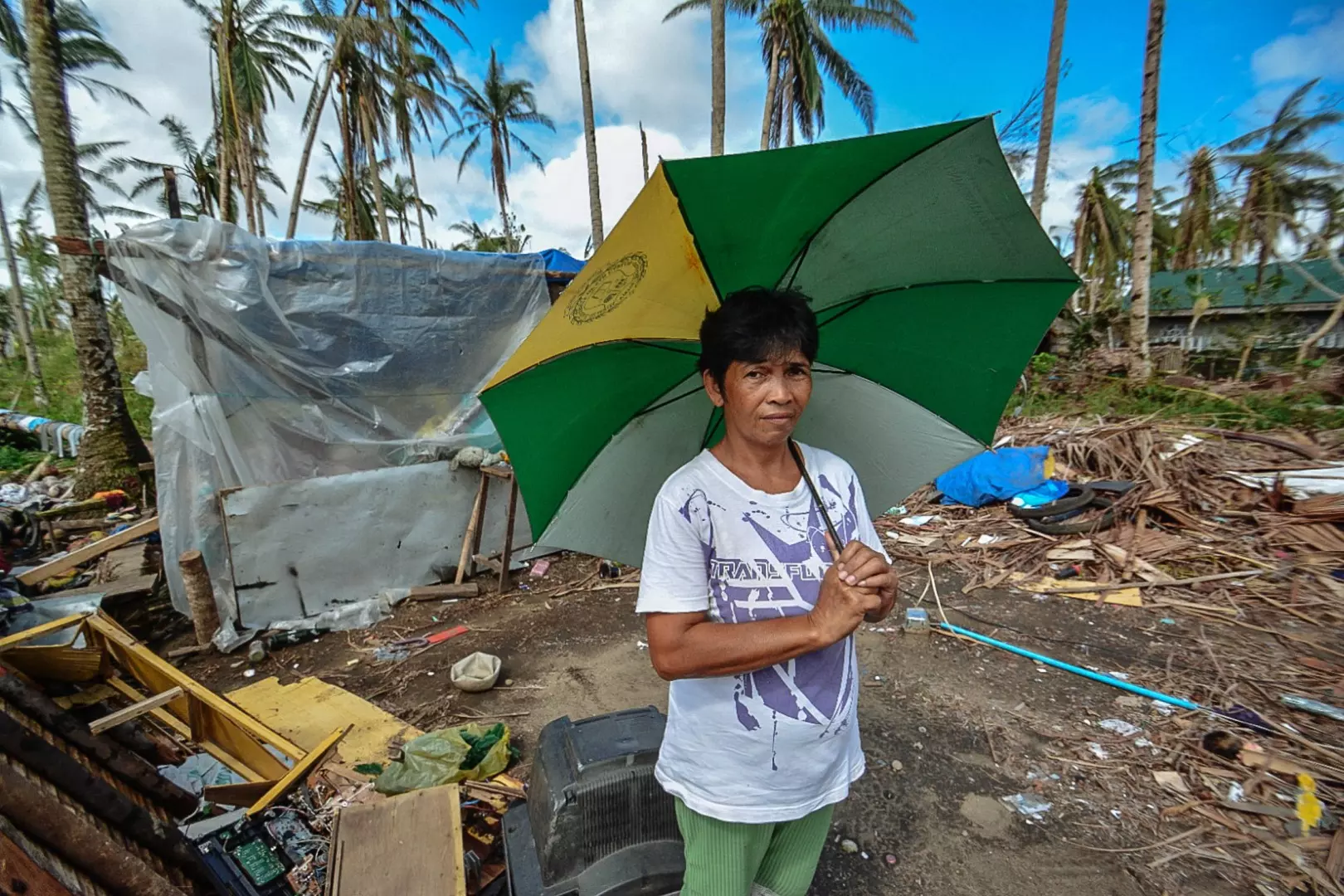Comments
- No comments found

Augmented reality (AR) can help people mitigate natural disasters with compelling visual effects.
Post-disaster rehabilitation is possible with AR by ‘augmenting’ the real-world disaster scenarios across multiple sensory modalities to help with preparedness, mitigation, response, and recovery regarding disasters.
Disaster, man-made or natural, wreaks havoc for thousands of lives. The disruption created is quite a task to manage and disaster management bodies are always on the lookout for better and more effective ways of mitigating the damage and aiding reconstruction and restoration. Post-disaster rehabilitation and recovery include strategies that work towards the restoration of everyday infrastructural services while delivering medical help for the injured. Until now, most of the post-disaster rehabilitation activities were carried out without any major involvement of technology. Though effective, this approach hasn’t been able to maximize the efforts at damage control. Researchers and disaster management bodies have, therefore, turned to technologies like AR to leverage their full potential while trying to bring things back to normal after a disaster occurs.

Most of the steps taken for rehabilitation after the disaster involve providing basic and medical facilities to the people affected by the catastrophe.
Medical facilities are an essential part of the disaster mitigation program. AR headsets can effectively explain topics like first aid training, safety measures, and the ability to survive in extreme situations like floods or droughts than by word of mouth. In inaccessible areas which may restrict the reach of such services due to technical issues, AR powered devices help in reaching out to a wider audience and train people with live demonstrations of techniques that can be employed to attend themselves and others.
Government bodies and rehabilitation personnel, who help with the rescue process, can use AR headsets and gears for training. By creating scenarios that closely resemble the aftermath of a calamity, rescue soldiers can be trained exceptionally well. AR software, along with drone technology, has also been able to help pilots maneuver their way around the affected areas and assist in detecting people trapped under debris. Training people to identify safe zones, find escape routes, or access a rehabilitation center near them is another way in which AR can help with disaster rehabilitation.

Geographic reconstruction constitutes a major part of after-disaster recovery. Government bodies, along with disaster help squads, are looking for ways to implement spatial planning and landscaping options with technologies like AR.
AR can also help with the recovery of natural and man-made ecosystems after a calamity. Regions, which are disaster-prone, can use AR to find the epicenter of a calamity or the areas more susceptible to damage. Such knowledge can proactively be used in city planning and construction to reduce, if not avoid, damage caused by calamities. The DisTributed Holistic Emergency Management Information System (THEMIS) is one such system that works in providing intelligent calamity rescue tools and operations for crisis management. AR, combined with other technologies, improves the scope and scalability of the applications mentioned above. Analysts working together with companies involved and investing in disaster relief teams can refine the AR software further, increasing the collaboration and reach of the technology and personnel in post-disaster rehabilitation.
Naveen is the Founder and CEO of Allerin, a software solutions provider that delivers innovative and agile solutions that enable to automate, inspire and impress. He is a seasoned professional with more than 20 years of experience, with extensive experience in customizing open source products for cost optimizations of large scale IT deployment. He is currently working on Internet of Things solutions with Big Data Analytics. Naveen completed his programming qualifications in various Indian institutes.
Leave your comments
Post comment as a guest